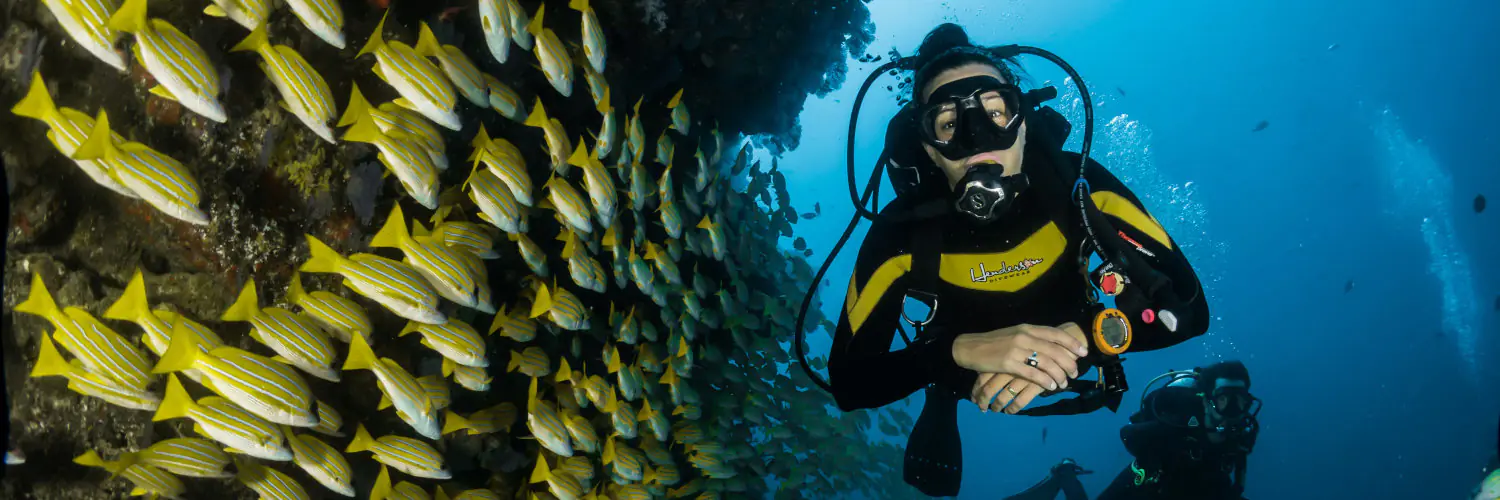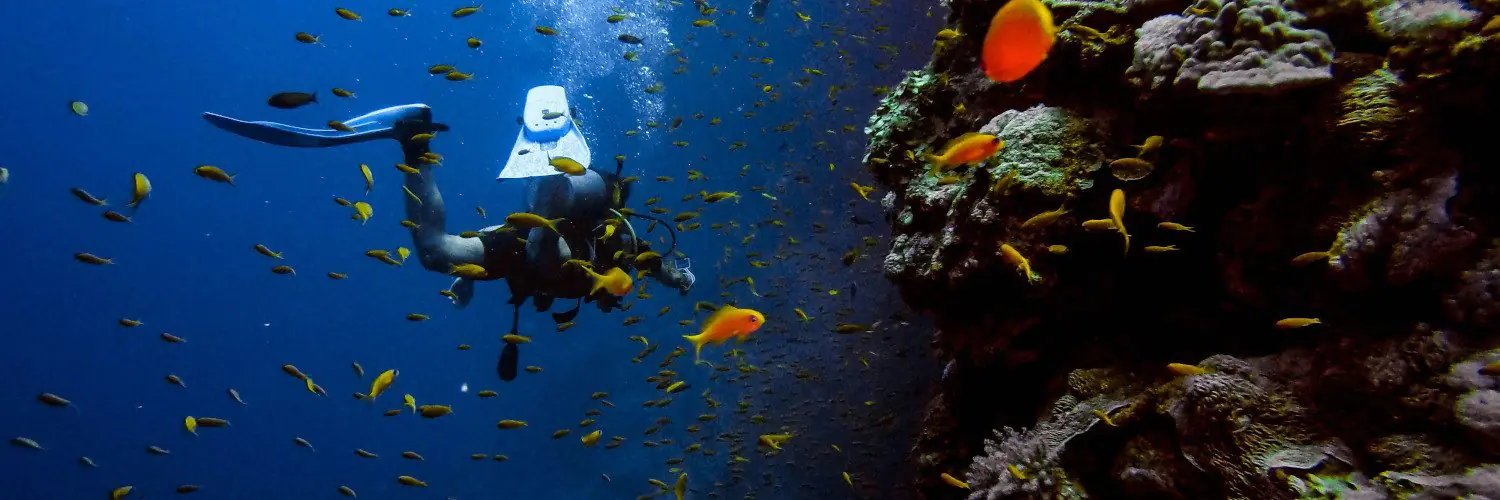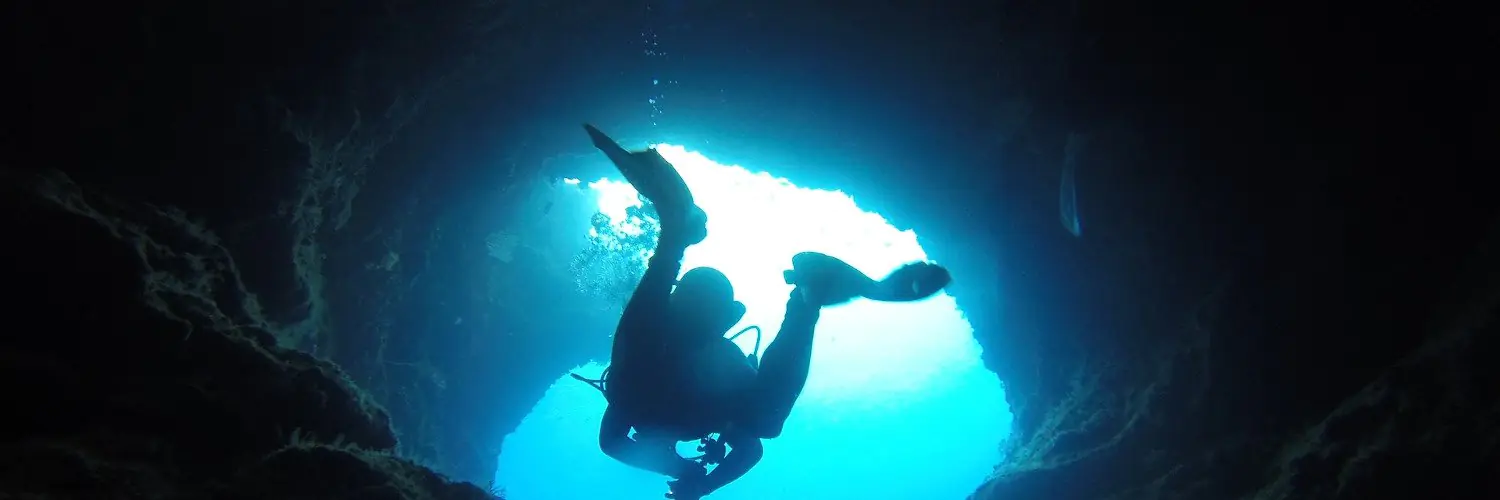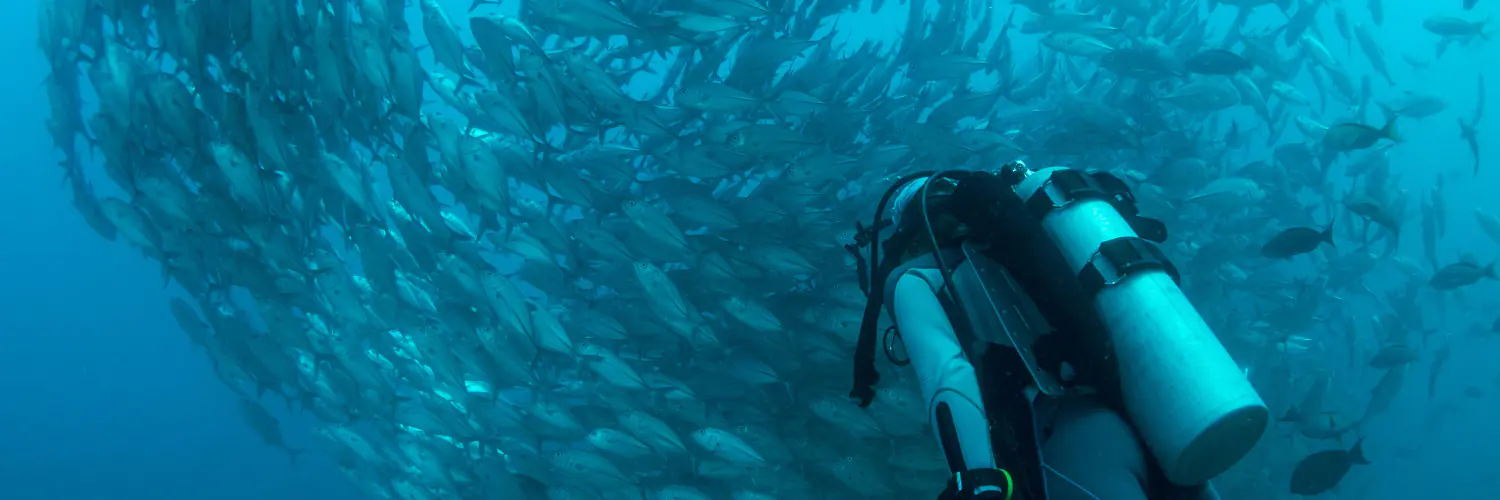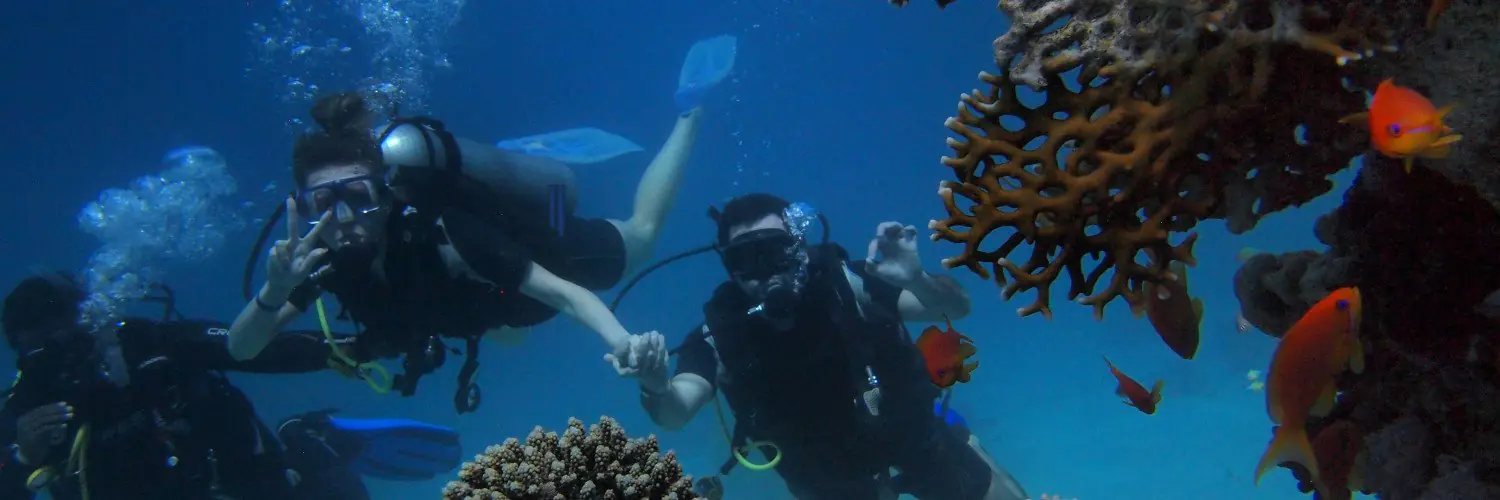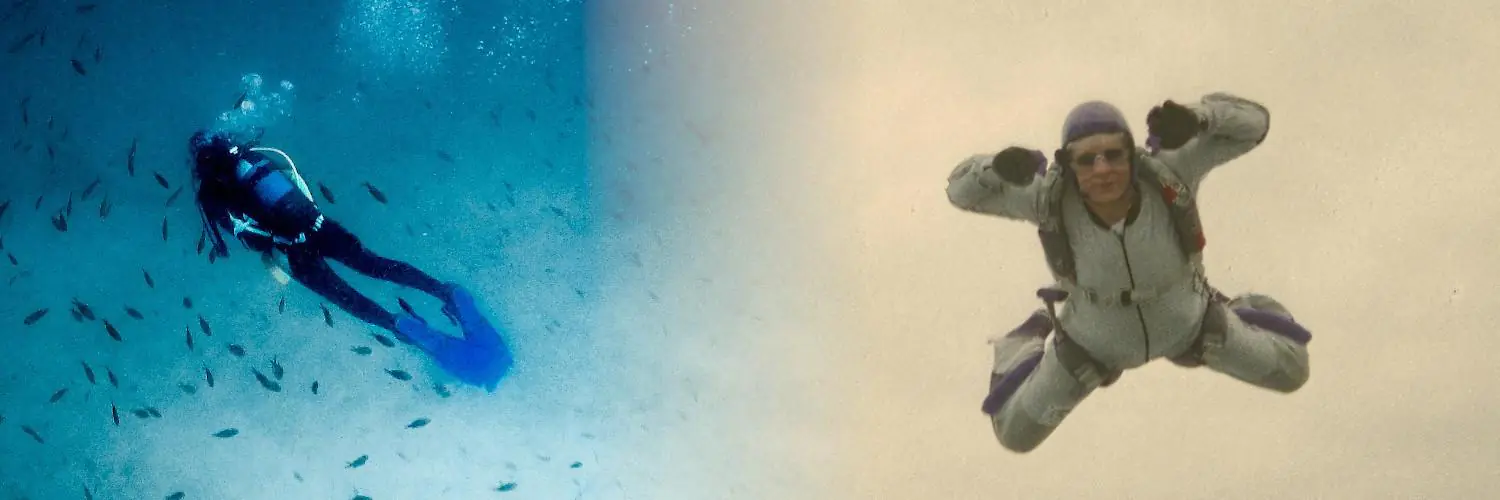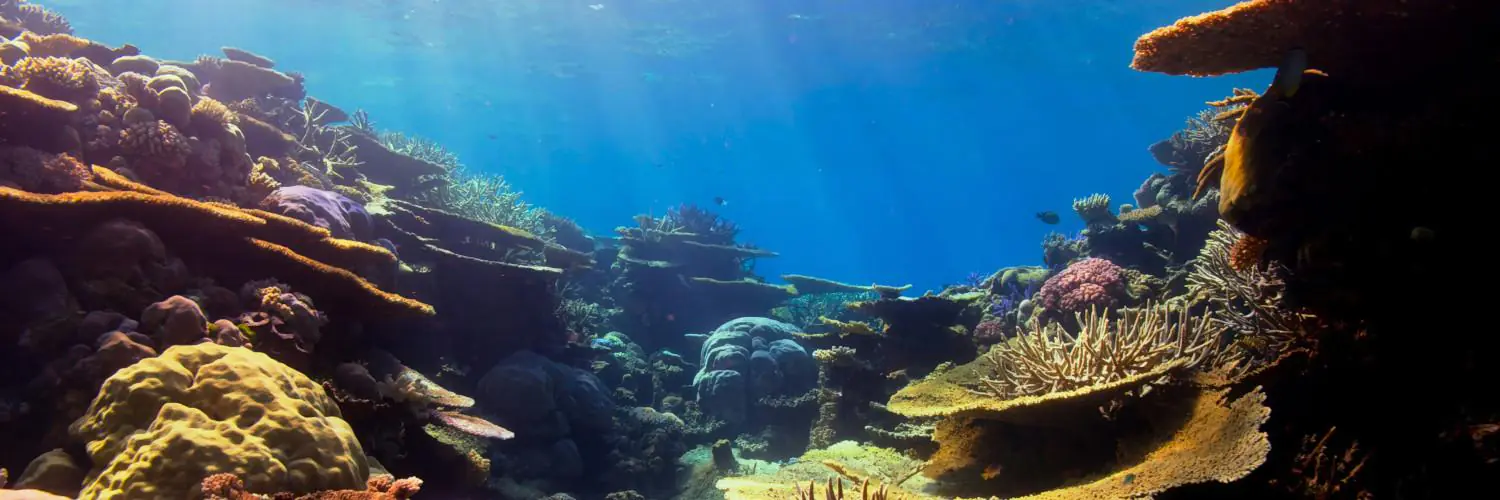Table of Contents
Scuba Absolute Pressure Defined: Understanding Underwater Forces
Absolute pressure is a vital concept in scuba diving, referring to the total static pressure experienced by a diver at a certain depth in the water. It is the sum of the surrounding water pressure and the atmospheric pressure at the surface. At sea level, the atmospheric pressure is approximately 14.7 pounds per square inch (psi), and this is considered 1 atmosphere (atm) of pressure. As a diver descends, they encounter an increase in pressure of 1 atm for every 33 feet of saltwater due to the weight of the water above them.
Understanding absolute pressure is crucial for diver safety to accurately gauge decompression times and avoid diving-related injuries such as decompression sickness. Scuba divers must acknowledge that the volume of gases in their body will vary according to the pressure surrounding them, following Boyle’s Law. This explains that gas volume decreases as pressure increases, and vice versa, which directly impacts breathing and buoyancy control during a dive.
The knowledge of absolute pressure informs diving practices, equipment choice, and training. Divers adjust their buoyancy with respect to the changing pressures, use dive computers that calculate nitrogen absorption based on the current absolute pressure, and plan their ascents to allow safe expulsion of gases absorbed at depth. This understanding is a fundamental aspect of scuba diving that ensures each dive is conducted within the limits of safety standards to promote enjoyable underwater experiences.
Understanding Absolute Pressure in Scuba Diving
Absolute pressure plays a crucial role in scuba diving, directly affecting a diver’s safety and equipment function. It accounts for the total pressure experienced underwater, combining atmospheric pressure with the water’s pressure.
Defining Absolute Pressure
Absolute pressure is the sum of all pressures exerted on an object. In the context of scuba diving, it refers to the combined pressure of the water and the atmosphere exerted on a diver. At sea level, divers begin with the atmospheric pressure of approximately 1 atmosphere (atm) or 14.7 pounds per square inch (psi).
Pressure at Depth
As a diver descends, the water pressure increases by approximately 1 atm for every 10 meters (33 feet) of depth. This is due to the weight of the water above the diver. For example, at 10 meters deep, a diver experiences a pressure of 2 atm (1 atm of water plus 1 atm of air).
Units of Measurement
Scuba diving commonly uses psi and bar as units of measurement for pressure. One atmosphere is equivalent to 14.7 psi or roughly 1 bar. Scuba tanks are typically filled according to these measurements to ensure that the pressure inside is appropriate for diving activities and equipment.
Atmospheric Pressure and Its Role
Atmospheric pressure is a fundamental concept in understanding scuba diving as it affects both the diver and the equipment. It is essential for divers to have a clear grasp of how atmospheric pressure works at sea level and how changes in altitude can impact pressure.
Pressure at Sea Level
Atmospheric pressure at sea level is the pressure exerted by the weight of the air in the Earth’s atmosphere. It is commonly measured as 1 atmosphere (atm), which is equivalent to 14.7 pounds per square inch (psi). This measurement represents the pressure exerted by a column of air from the top of the atmosphere to sea level. Divers rely on this value to calibrate dive equipment and calculate ambient pressure underwater.
Effect of Altitude on Pressure
As altitude increases, atmospheric pressure decreases due to a thinner column of air exerting less force. This variation impacts ambient pressure, which is the surrounding pressure experienced by a diver at any given depth. At higher altitudes, where the air density is lower, divers must account for the reduced atmospheric pressure when planning dives to ensure safety and proper decompression.
Dynamics of Pressure Underwater
Understanding the dynamics of pressure underwater is crucial for divers as it affects their safety and the behavior of objects submerged. Key factors such as force, depth, and density play a vital role in the way pressure increases and impacts buoyancy.
Pressure Increments with Depth
As a diver descends, the water pressure increases significantly due to the weight of the water above. The relationship between depth and pressure is linear: for every 33 feet (approximately 10 meters) of saltwater, the pressure rises by one atmosphere (14.7 psi). This cumulative addition of pressure with every unit of depth is critical for divers to monitor.
- At sea level: 1 atmosphere (14.7 psi)
- At 33 feet: 2 atmospheres (29.4 psi)
Calculating Pressure Changes
Calculating pressure changes underwater is essential for safe diving practices. The absolute pressure experienced by a diver is the sum of atmospheric pressure at the surface and the water pressure exerted due to depth. The calculation is straightforward: gauge pressure (water pressure alone) plus 1 atmosphere of surface air pressure equals absolute pressure.
| Depth (feet) | Water Pressure (atmospheres) | Absolute Pressure (atmospheres) |
|---|---|---|
| 0 | 0 (atmospheric pressure only) | 1 |
| 33 | 1 | 2 |
| 66 | 2 | 3 |
Buoyancy and Pressure
Buoyancy is the force that allows divers to float or sink. It is directly affected by the surrounding pressure and the density of the diver and their equipment. Positive buoyancy occurs when a diver’s density is less than the water, leading them to ascend, while negative buoyancy makes them sink as their density exceeds that of the water. Managing buoyancy requires adjusting the volume of air in the buoyancy control device (BCD) to compensate for the increasing pressure and density changes with depth.
Scuba Equipment and Pressure Management
Managing pressure is a fundamental aspect of scuba diving, with divers relying heavily on equipment designed for pressure regulation. Scuba gear must function optimally under increased underwater pressures to ensure diver safety and prevent decompression sickness.
Regulators and Valves
A scuba diver’s regulator is crucial for pressure management. It connects to the scuba tank, reducing the high-pressure air to ambient pressure, breathable by the diver. Regulators typically have a first stage which attaches to the tank valve, reducing pressure to an intermediate level, and a second stage that the diver breathes from, delivering air at the pressure needed.
- First Stage: Reduces tank pressure to intermediate pressure.
- Second Stage: Supplies air at ambient pressure to the diver.
Valves control the flow of air from the tank and must reliably operate at varying depths, where absolute pressure increases by approximately 1 atmosphere every 10 meters.
Dive Computers and Gauges
Divers use submersible pressure gauges and dive computers to monitor the amount of pressurized air left in their tanks as well as their ascent rate, which helps in avoiding decompression sickness. Dive computers provide real-time data, including depth, time, and decompression status, which are essential for managing dive profiles and ensuring safe ascents and descents.
- Submersible Pressure Gauge (SPG): Displays remaining air pressure in tank.
- Dive Computer: Tracks depth, dive time, and ascension to prevent decompression sickness.
Buoyancy Compensators
Buoyancy compensators (BCs) are used by divers to manage their buoyancy in the water. Correct use of a BC allows a diver to achieve neutral buoyancy, which is essential for conserving energy and air supply, as well as for controlling ascent rates. Buoyancy is controlled by adjusting the volume of air in the BC, and therefore its size, in response to the ambient pressure.
- Inflating BC: Increases buoyancy by adding air to the compensator, decreasing density.
- Deflating BC: Decreases buoyancy, allowing descent or maintaining depth.
Effective pressure management through proper use of scuba equipment is non-negotiable for safe diving practices.
Health and Safety Considerations
Scuba diving requires a clear understanding of the underwater environment and the effect of pressure on the body. Divers must be aware of the health and safety aspects associated with absolute pressure to navigate the increased risks during descent and ascent.
Decompression Sickness
Decompression sickness (DCS) occurs when a diver ascends too quickly, causing nitrogen gas that has dissolved in the tissues to form bubbles in the bloodstream. Symptoms can range from joint pain and rashes to more severe issues such as paralysis. To minimize the risk of DCS, divers should follow appropriate decompression stops during ascent and adhere to dive tables or dive computers which provide guidelines for safe ascent rates.
Equalization Techniques
During descent, the pressure outside the body increases, which can lead to discomfort or injury in air-filled spaces like the ears and sinuses. Divers must use equalization techniques such as the Valsalva maneuver or the Toynbee maneuver to balance the pressure in these spaces with the surrounding water.
- Valsalva Maneuver: Pinching the nose and gently blowing to equalize ear pressure.
- Toynbee Maneuver: Swallowing while pinching the nose to equalize ear pressure.
Breathing and Gas Management
Proper breathing techniques are crucial for safe diving. Divers should breathe slowly and deeply to efficiently use their air supply and to help prevent lung overexpansion injuries. This also ensures a steady exchange of oxygen and carbon dioxide, keeping gas molecules at safe levels within the lungs. Managing the gas mix and monitoring oxygen levels is essential, especially during deep dives where the risk of oxygen toxicity increases.
Advanced Concepts in Scuba Physics
In the realm of scuba diving, the underwater environment introduces complex physical concepts that divers must comprehend to ensure safety. Highlighting the influence of pressure on air volume and the variance in pressure between fresh and saltwater, this section emphasizes the significance of physics in scuba diving.
Understanding Boyle’s Law
Boyle’s Law is pivotal for divers as it describes the inverse relationship between the volume of gas and the pressure surrounding it when temperature remains constant. Specifically, if the pressure doubles, the volume of the gas halves. This is vital in scuba diving, where the diver’s depth significantly alters the surrounding pressure.
- Formula: ( P1V1 = P2V2 )
- Example: A balloon with a volume of 2 liters at the surface (1 atmosphere) will shrink to 1 liter at 33 feet in salt water (2 atmospheres).
Impact of Fresh and Salt Water on Pressure
The type of water—fresh or salt—affects the pressure experienced by divers due to the difference in density.
- Salt Water: Exerts more pressure than fresh water.
- Pressure Increase: In salt water, pressure increases by 1 atmosphere every 33 feet.
Fresh vs. Salt Water Pressure
| Depth | Pressure in Fresh Water (atmospheres) | Pressure in Salt Water (atmospheres) |
|---|---|---|
| 0 ft | 1 | 1 |
| 33 ft | <1 (slightly less due to lower density) | 2 |
Air Volume and Pressure Relationships
Scuba diving requires an understanding of how air volume changes with depth due to pressure changes.
- At the surface: Air volume inside diving equipment is at its maximum at atmospheric pressure.
- Underwater: Air volume decreases as pressure increases with depth.
In summary, the diver must monitor their air supply closely as they descend, due to the compression of air in their equipment matching the increasing surrounding pressure, defined by Boyle’s Law. Hence, both Boyle’s Law and the variations in pressure between fresh and saltwater are crucial for divers to master.

